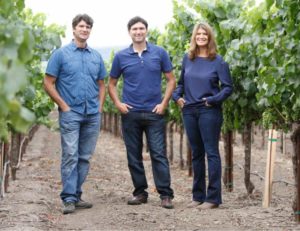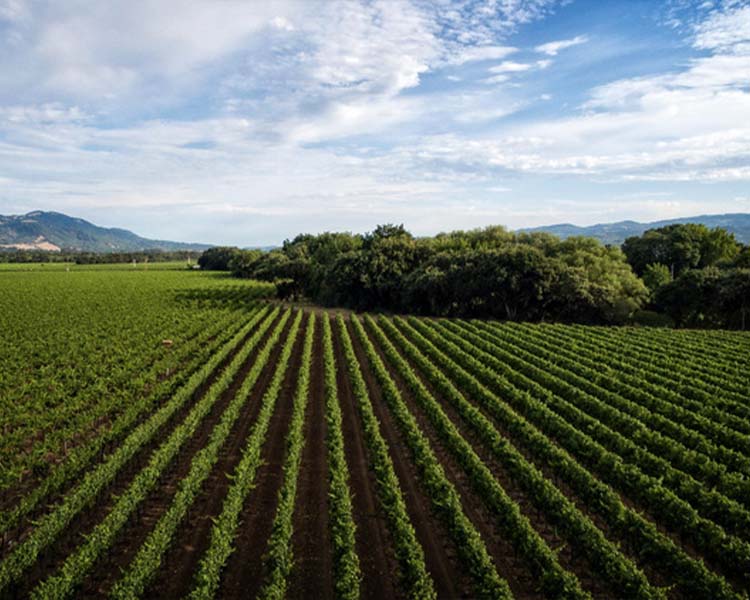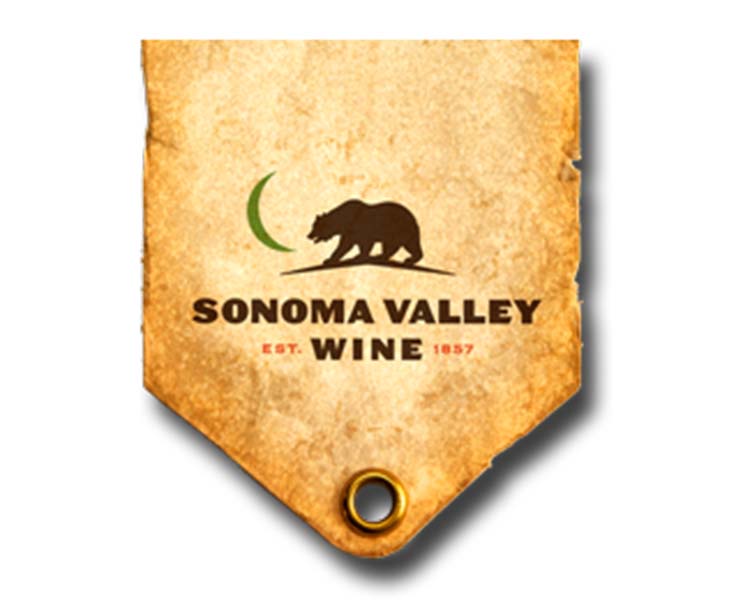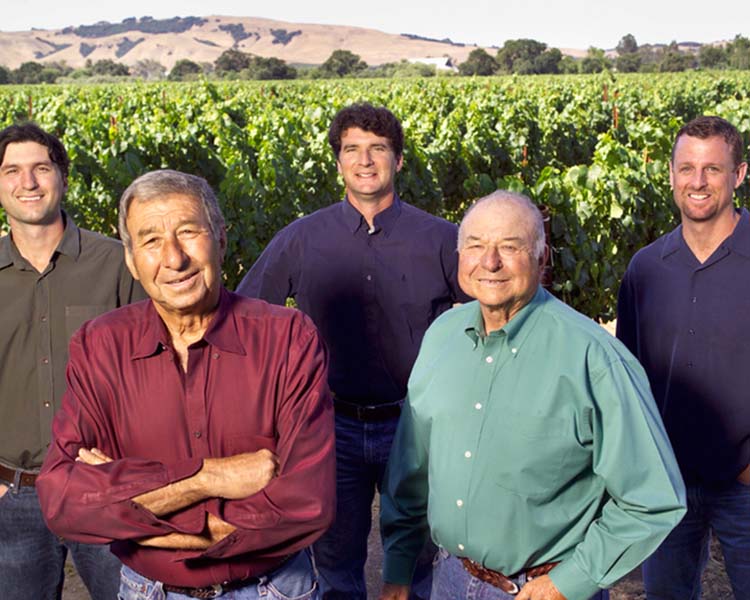Sustainability makes good wine business sense
October 19, 2015
The North Bay Business Journal


Mike and Steve Sangiacomo and Mia Pucci are third-generation winemakers at Sangiacomo Vineyards. The entire Sangiacomo family are honored as the Sonoma County Farm Bureau’s Farm Family of the Year on July 16, 2015. (Bill Hoban/Index-Tribune)
More than three out of every five acres of vineyards in Sonoma County — 62 percent of the 60,000 acres — have been through the first phase of Sonoma County Winegrowers’ campaign to have all the acres self-assessed for sustainability by 2019.
“Sustainability reporting takes time and effort, but it’s worthwhile because you learn about your business and how to be more productive, protect the land and take care of people,” said Steve Sangiacomo, a Sonoma Valley-based winegrape grower and advocate for the program. “You put your business in a position to pass it to the next generation.”
Sonoma County Winegrowers launched the program in January 2014. Sangiacomo is set to discuss the program at the Business Journal’s Impact Sonoma conference on Oct. 21 in Santa Rosa.
Though it’s not easy to complete the documentation for the self-assessment (sonomawinegrape.org/sustainability), growers likely will find they have been doing a number of the best practices for years as part of the evolution of the wine business in the North Coast in recent decades, he said. It’s coming because consumers demand it, with well more than half of thousands of consumers in dozens of countries Nielsen polled for Sonoma County Winegrowers saying that social and environmental responsibility as well as worker pay are important considerations when choosing a wine product.
Rapid growth of the wine business locally — expansion of vineyard acres in the 1990s and 2000s then a move for more agritourism opportunities since the 2007–2009 economic recession — has raised a number of questions about the industry’s scale and impact.
Of the 138 sections in the self-assessment, those of high relevance to current public discussions about the industry deal with water conservation and treatment of employees, Sangiacomo said. The water-use part of the assessment has the grower explore modern technology for vine consumption of water, such as evapotranspiration, sap-flow and soil-moisture sensors. The tools point to how much stress the vines are under in varying weather conditions and how much water they need to survive and concentrate their resources on fruit more than foliage.
“They emphasize vine health, so it’s about not overwatering, which has a negative effect on quality,” he said.
Regarding the workforce, the program encourages growers to be an “employer of choice.” That means developing good relationships with them, training them properly and compensating them accordingly, Sangiacomo said.
“So much of our industry is about experience,” he said, noting that each of his company’s eight field supervisors has 20-plus years in the business.
A new Napa Valley Grapegrowers wage study found average entry-level vineyard worker pay is $14 an hour, well above the $10 minimum wage taking effect statewide next year. Feedback from several large Sonoma County growers indicates that is the norm there too.
Having a rigorous program that emphasizes environmental, economic and social sustainability for the business plus a third-party certification system to verify compliance can help address public concerns, Sangiacomo said. Though final numbers aren’t in yet for this year, growers of more than a third of the acres have taken the additional step to complete third-party certification. The 2014 certified-acreage total was 33 percent, but that is estimated to have risen perhaps as high as 40 percent thus far in 2015, he said.
“It provides transparency for consumers and the community on how we run our businesses,” Sangiacomo said. “That transparency bodes well for the industry, for the public to see the ins and outs of the business and how much effort and detail is put into running businesses in a productive but environmentally friendly and supportive way.”
Sonoma County Winegrowers has partnered with San Francisco-based California Sustainable Winegrowing Alliance (sustainablewinegrowing.org) for certification but also is accepting certification under Lodi Rules for Sustainable Winegrowing (lodigrowers.com/lodi-rules/certification), run by the Lodi-Woodbridge Winegrape Commission and a forerunner to CSWA’s program.
The Sangiacomo family has a nearly nine-decade history in Sonoma County agriculture. Vittorio Sangiacomo, his grandfather, came to the U.S. from Genoa, Italy, at age 17 and worked vegetable fields at Bay Farm Island in Alameda County. In 1927, he purchased a 52-acre apple and pear orchard near Sonoma and became the county’s largest pear grower.
The family started switching to wine grapes in 1969 and left the orchard business completely two decades later. Today, Sangiacomo Vineyards (sangiacomo-vineyards.com) farms 1,600 acres of vines, mostly on the Sonoma side of Los Carneros appellation and in the Sonoma Valley region, with some vineyards in the Sonoma Coast and pending Petaluma Gap appellations. The family was involved in the effort to establish Carneros as an American Viticultural Area and is backing the bid for Petaluma Gap.
Sangiacomo Vineyards sells grapes to 70 wineries, with its grapes of enough distinction to supply 40 vineyard-designate labels. Running the company is the third generation: brothers Steve and Mike Sangiacomo and sister Mia Pucci.
Tagged: North Bay Business Journal, 2015


